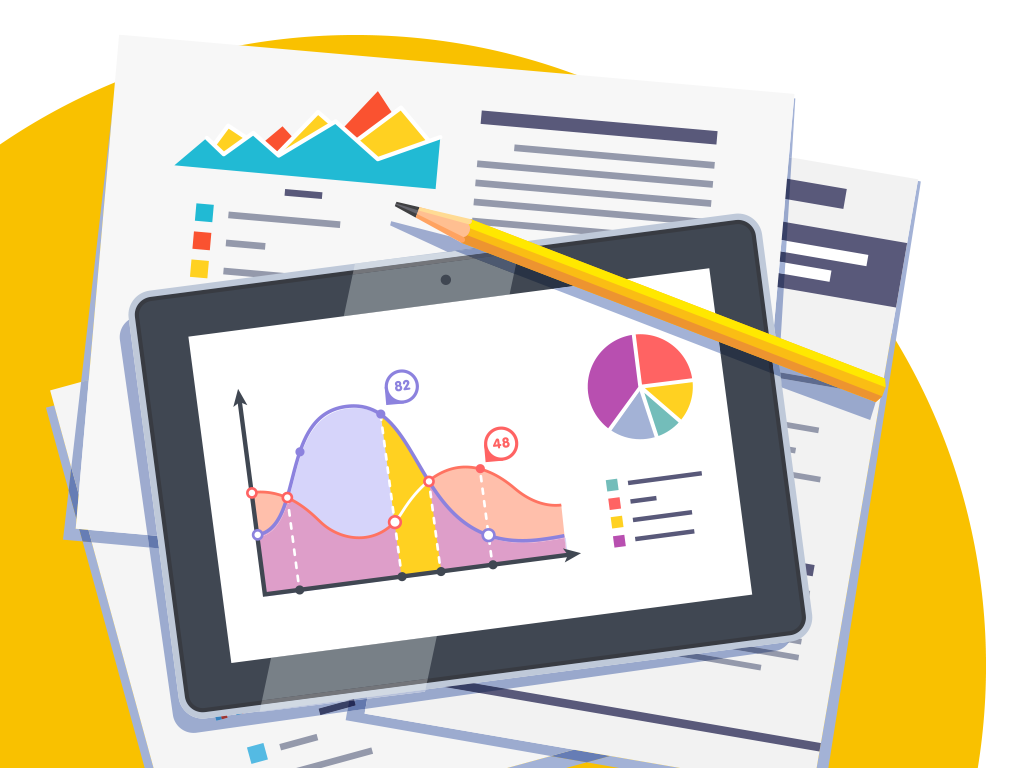Financial Statements: Yard Sticks that Measure Your Success

“Where do your eyes go when you first open up a financial statement?” John Colehower wants to know. The principal of Mergers & Acquisitions LLC, a consulting firm specializing in the security industry, he presented a session at ESX on financial statement literacy. Perhaps more importantly, where should your eyes go? Keeping your books in order lets you stay on top of the financial health of your company and puts you in a favorable position to get a loan application approved – or even to have your company acquired, if that is your goal. Colehower gave a crash course on financial terminology and how to read financial statements and explained why company leadership should share financial information with managers.
The Balance Sheet
A balance sheet is a financial statement that provides a snapshot of the business’ finances. It is balanced with assets on one side and liabilities and stockholders’ equity on the other. On the balance sheet, you will see:
- Current assets: cash or assets in your business that can be turned into cash within the next year, such as accounts receivable and inventory.
- Fixed assets: Property, Plant, and Equipment (PP&E). Includes line items like vehicles and other equipment that is necessary for you to do your job.
- Current liabilities: liabilities that are due within one year, such as taxes, accounts payable and notes payable (e.g. loans from a bank.)
- Long-term liabilities: debts that are due after one year, such as portions of outstanding loans.
- Stockholders’ equity: company’s net worth after subtracting all of its liabilities. This can include capital stock (par value of shares,) capital surplus (that which is paid in by shareholders over par value,) and accumulated retained earnings (profits that have not been distributed to company owners.)
The balance sheet is important because it lets you see the ratio of your current assets to your current liabilities. This is called your net working capital. A healthy balance sheet has more assets than liabilities – if assets and liabilities have very similar numbers, you should think about how you can convert assets to cash more quickly. You should pay close attention to your accounts receivable versus your accounts payable to see how much cash you have coming in and how much cash you have going out.
You should also look at balance sheet trends from year to year to see if your working capital is increasing or decreasing. From a Mergers and Acquisitions (M&A) or lender’s point of view, at least three years of consistent improvement are a marker of financial health. You can also look at balance sheets on a month-by-month basis to compare financial data in different categories.

The Income Statement
The income statement, also called Profit & Loss (P&L), shows how much money a company makes or loses during a year. It lets you calculate total sales versus total costs to determine whether you have a net profit or net loss for the year. This is another important place to notice trends: what are gross sales from year to year, for example? “Historical records of several years are more important than any single year,” Colehower remarked. Lenders and investors will want to see that sales are going up over time.
On the cost side of the income statement, you’ll see things like:
- Cost Of Goods Sold (COGS)
- Operating Expenses (OpEx)
- Selling, General, and Administrative (SG&A) Expenses
- Interest expenses
- Taxes
- Depreciation (when an asset loses value over time)
- Amortization (when the cost of an intangible asset is spread over its useful lifespan)
In addition to showing net profit, the P&L can give you valuable insights such as the cost of acquiring a new customer and trends in expense categories.
Another key term to learn here is EBITDA. Pronounced EE-bit-da, it stands for Expenses Before Interest, Taxes, Depreciation, and Amortization. Colehower noted, “EBITDA is one of the main metrics a lender or buyer will look at because it shows how much cash flow is occurring and how much cash can be utilized to pay interest or company shareholders.” Adjusted EBITDA are expenses that would not be incurred by a buyer, such as owner’s expenses, central station monitoring expenses, legal, and accounting.
To make your income statement more useful to you, break out categories that are important. “Don’t have your accountant lump all your sales and income under one line item,” Colehower recommended. “How much of the income is coming just from the installation of new systems? How much is coming from service? Even service should be broken out between time and materials and your service contracts. The flip side of this is [looking at] the income you’re getting from the installation and the income you’re getting from the service. This lets you demonstrate to a potential buyer someday, ‘Yes, I’m making money on my service. So it’s worth you paying me a nice multiple when you buy it from me.’”
Five Points
Is all this financial data interesting to anyone but the CEO and CFO? It should be, because it is a temperature check on how the company is performing – something that affects everyone and that everyone can affect. One security company owner whom Colehower spoke with shared an approach they use to disseminate financial information to their managers. They call it Five Points, and they review each of these categories month over month to analyze cash flow:
- If the average collection period of accounts receivable is going down, the company gets one point
- If accounts payable is going down, they get one point
- If inventory is being reduced, they get one point
- If cash is going up, they get one point
- If shareholder’s equity is going up, they get one point
Being transparent about each month’s tally of points lets managers know where the company is doing well and where there is room for improvement, empowering everyone to work together for collective success.
Knowing the key vocabulary and concepts behind financial statements lets you interpret the data to better measure the health of your business and see how your finances align with your strategic goals. Next time you open up a financial statement, your eyes should go to the parts that are the strongest indicators of your company’s success and the parts that tell you whether your company is going to be able to meet its targets. When you provide this information to the rest of your team, they can better support the company mission.




